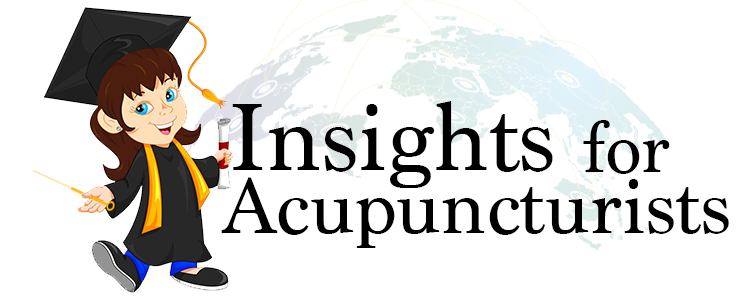Acupuncture American Style
One of the unique challenges faced by the American acupuncture profession is, what do we call ourselves?
Are we TCM practitioners? Doctors of Oriental Medicine? Diplomats of Acupuncture? Licensed, Certified, or Registered Acupuncturists?
For that matter, what should we call our entire profession? Oriental Medicine? Asian Medicine? Traditional Chinese Medicine? Classical Chinese Medicine? Natural Medicine? Integrative Medicine? Holistic Medicine? Complementary and Alternative Medicine? Global Medicine?
The good news is that as of January 15th, 2007 the Acupuncture and Oriental Medicine Alliance (AOM Alliance) and the American Association of Oriental Medicine (AAOM) made nice after a 14 year fued and agreed to form the new American Association of Acupuncture and Oriental Medicine (AAAOM). Their intended goal is to further the interests of the acupuncture profession at a national level.
Considering that acupuncture is still not legal in some states and has varying levels of recognition in other states, a strong, unified, national organization is a welcomed presence. Perhaps this is the essential step needed to move acupuncture toward inclusion in the U.S. health care system.
Only time will tell.
And time is tricky. Remember, acupuncture is a young profession. Prior to 1976 if you were providing acupuncture you could be arrested for practicing medicine without a license. Thanks to many unsung Heroes of American Acupuncture most of us do not remember a time when acupuncture was illegal.
It's easy to believe that things are progressing slowly. Insurance companies have been especially slow to catch on to the cost-savings acupuncture provides. Medicare's refusal to include acupuncture among their covered services is a primary obstacle to senior's receiving treatment.
But we should remind ourselves that more and more health insurance carriers are starting to reimburse for specific acupuncture services.
The good news for patients is that they are much more likely to use acupuncture if it is a covered benefit.
The bad news for acupuncturists is:
- The insurance reimbursement rates can be so low that fees for services have to be increased.
- Each insurance company has its own "maze" that must be navigated. The amount of phone calls and paperwork involved are enormous and time consuming.
- The time between patient treatments and insurance payments can be several months, causing a significant problem in cash flow.
- The application process to be on an insurance company's preferred provider list can be cumbersome.
The news isn't all bad. Many successful acupuncturists have found creative ways to bill insurance companies and maintain thriving practices. If you are one of them, please share your success! In the meantime, the best way to strengthen American Acupuncture is to have more successful acupuncturists practicing in the United States!
Lisa Hanfileti, LAC, MAcOM
©Copyright 2007
